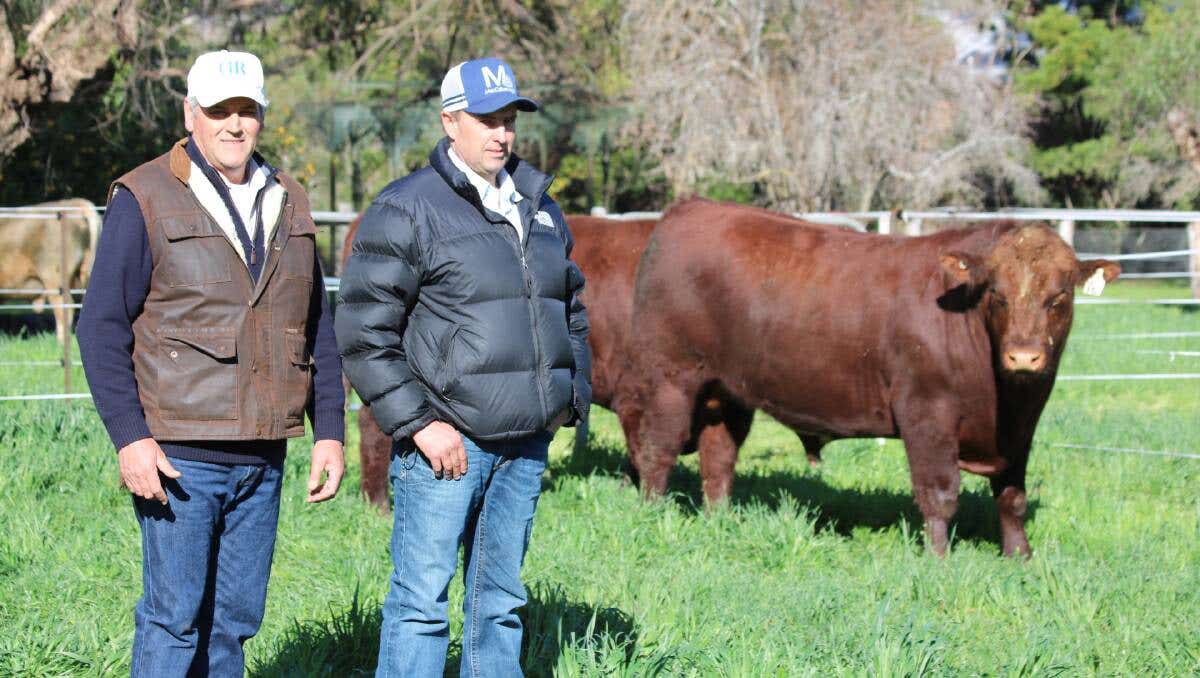Surprising link discovered between bulls and male fertility
Infertility poses a significant challenge for many couples globally, with one in eight facing difficulties in conceiving children.

Infertility poses a significant challenge for many couples globally, with approximately one in eight facing difficulties in conceiving children. (CREDIT: Creative Commons)
Infertility poses a significant challenge for many couples globally, with approximately one in eight facing difficulties in conceiving children within a year or even at all.
Half of these cases stem from male fertility disorders, but pinpointing the genetic causes in humans remains a complex task due to the lack of comprehensive data on semen quality and molecular markers from large cohorts of healthy men of reproductive age.
To address this gap, researchers turned to an unconventional but promising model: bulls. Led by Hubert Pausch, Professor of Animal Genomics at ETH Zurich, a team delved into the genetic underpinnings of male fertility using young bulls as subjects.
Their findings, published in Nature Communications, shed light on the genes and mechanisms influencing fertility in these animals.
Related Stories
The study, conducted by the Institute of Agricultural Sciences, analyzed samples from 118 freshly slaughtered bulls, including testicles, epididymis, and vas deferens. Importantly, these animals were not sacrificed specifically for the research, ensuring ethical standards were met.
By characterizing the bulls' transcriptomes — the complete set of messenger RNAs present in each tissue — the researchers identified active genes and compared them with human and mouse data.
"Our research revealed numerous genes and variants associated with fertility in bulls, many of which are likely relevant to human male fertility," explains Xena Mapel, the study's first author. This evolutionary conservation suggests common genetic mechanisms across mammalian species in regulating male fertility.
Overview of the molQTL cohort for three male reproductive tissues. The three male reproductive tissues used in our study and the number of samples considered for each tissue. (CREDIT: Nature Communications)
Mapel highlights the significance of these findings in identifying subfertile bulls that may evade conventional screening methods. "These marker genes offer a reliable way to detect subfertile bulls, which are often missed during routine ejaculate analysis," she notes.
Despite being an unconventional choice, bulls prove to be an ideal model for such studies. Their well-understood genetic background, coupled with routine ejaculate collection, provides valuable insights into male fertility. Additionally, the homogeneity of the bull cohort simplifies comparisons, unlike the variability encountered in human studies relying on voluntary donors across different age groups.
Properties of eQTL and sQTL in three male reproductive tissues. Proportion of independent-acting eQTL (top) and sQTL (bottom) across tissues. (CREDIT: Nature Communications)
While the implications for human fertility research are yet to be fully understood, the findings already offer tangible benefits for livestock breeders. By enabling better diagnostics and identification of genetic variants in breeding bulls, the research aims to minimize financial losses from failed inseminations.
Currently, bull ejaculates undergo quality testing before use, yet some infertile bulls slip through the cracks, leading to financial repercussions for breeders. The cost of artificial insemination, around 80 Swiss francs per attempt, can accumulate quickly, particularly for dairy farms inseminating large herds. Unsuccessfully inseminated cows not only fail to produce offspring but also cease milk production, necessitating costly replacements.
Tissue-specific and shared effects of eQTL and sQTL. Proportion of eQTL and sQTL that are significant (local false sign rate (LFSR)
Artificial insemination has become standard practice in cattle and pig breeding, with natural matings occurring rarely due to logistical challenges and space constraints associated with raising bulls. "Most farmers lack the space to raise a bull, making artificial insemination the preferred method," explains Pausch.
The study underscores the importance of genetic research in understanding and addressing fertility challenges, both in livestock breeding and human reproduction. By leveraging animal models like bulls, researchers offer insights that could potentially revolutionize fertility diagnostics and management, benefiting both agricultural practices and human health.
For more science stories check out our New Discoveries section at The Brighter Side of News.
Note: Materials provided above by University College London. Content may be edited for style and length.
Like these kind of feel good stories? Get the Brighter Side of News' newsletter.
Joshua Shavit
Science & Technology Writer | AI and Robotics Reporter
Joshua Shavit is a Los Angeles-based science and technology writer with a passion for exploring the breakthroughs shaping the future. As a contributor to The Brighter Side of News, he focuses on positive and transformative advancements in AI, technology, physics, engineering, robotics and space science. Joshua is currently working towards a Bachelor of Science in Business Administration at the University of California, Berkeley. He combines his academic background with a talent for storytelling, making complex scientific discoveries engaging and accessible. His work highlights the innovators behind the ideas, bringing readers closer to the people driving progress.



